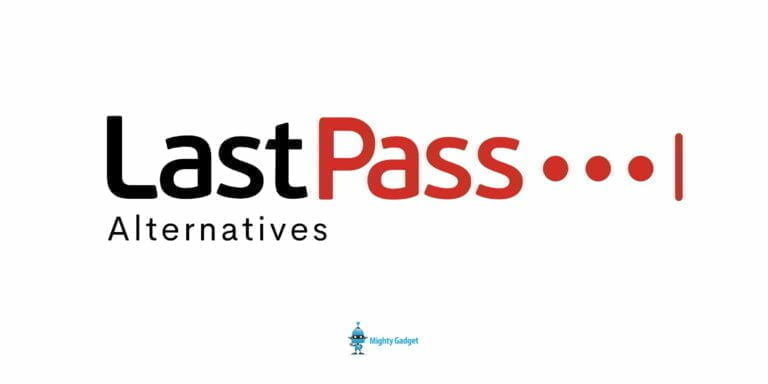Any links to online stores should be assumed to be affiliates. The company or PR agency provides all or most review samples. They have no control over my content, and I provide my honest opinion.
In our modern world, it has become increasingly difficult to market products. Thanks to the Internet, we live in a global marketplace, and whatever product you want to promote will likely have fierce competition from worldwide brands.
Furthermore, distributing and selling products has become increasingly complex. You have millions of online sites that can sell products and the need to be able to market a product for different regions in multiple languages.
It is therefore essential to optimise your marketing as much as possible. Apart from just making a good product and hoping for the best, you need a cohesive marketing strategy that everyone within the business can follow as well as all the partners you work with. You need to understand what works and what does and be able to learn from your mistakes.
Thankfully there are plenty of tools out there that can make your life a lot easier.
Sales Layer
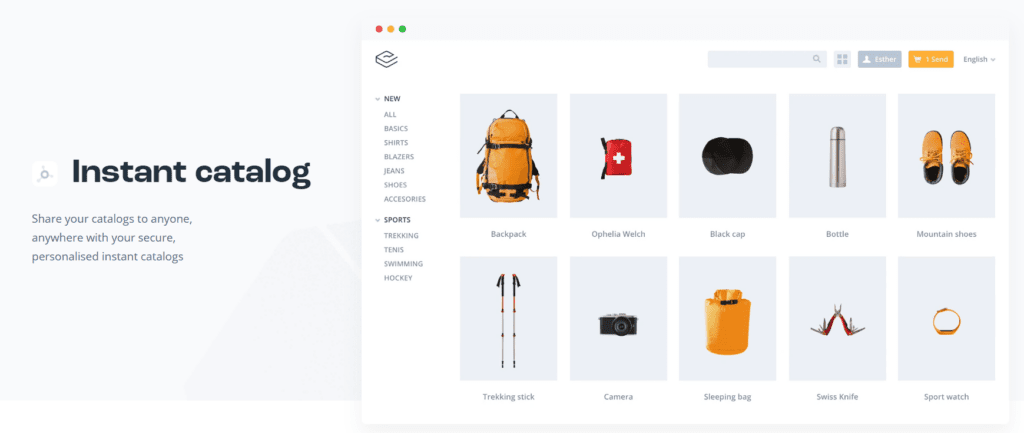
If you work for a company that designs/develops products, you want a system that allows you to manage all the products in a unified way, almost like an ecommerce store, but not necessarily consumer-facing.
This is where Product Information Management (PIM) services come into play. PIM software allows you to manage complex product data and digital assets in a central platform. This enables brands, manufacturers, distributors, and retailers to work from a single platform. Sales layer is one of the most user-friendly out there and has different plans for different-sized businesses.
If you are a moderate-sized international company, the Enterprise option allows up to 35 users with 300 000 SKUs and 10 different languages that are supported.
With Sales Layer, you can create instant sales catalogues which you can share with anyone, anywhere, securely, with the potential to take online orders in real-time.
Sales Layer is used by household brand names such as Hitachi and Reebok.
Examples of the data stored and synchronised through PIM software include:
- Core product data (Product name, title, description)
- Product attributes (SKU, cost, pricing)
- Product specifications (e.g., dimensions, warranty and packaging info, etc.)
- Product-related metrics
- Product listing copy, assets, and media
- Supplier information
- Multi-language content
- Channel-specific information (Amazon, Shopify, etc.)
- Store-specific information (POS registers, product catalogues)
Trello
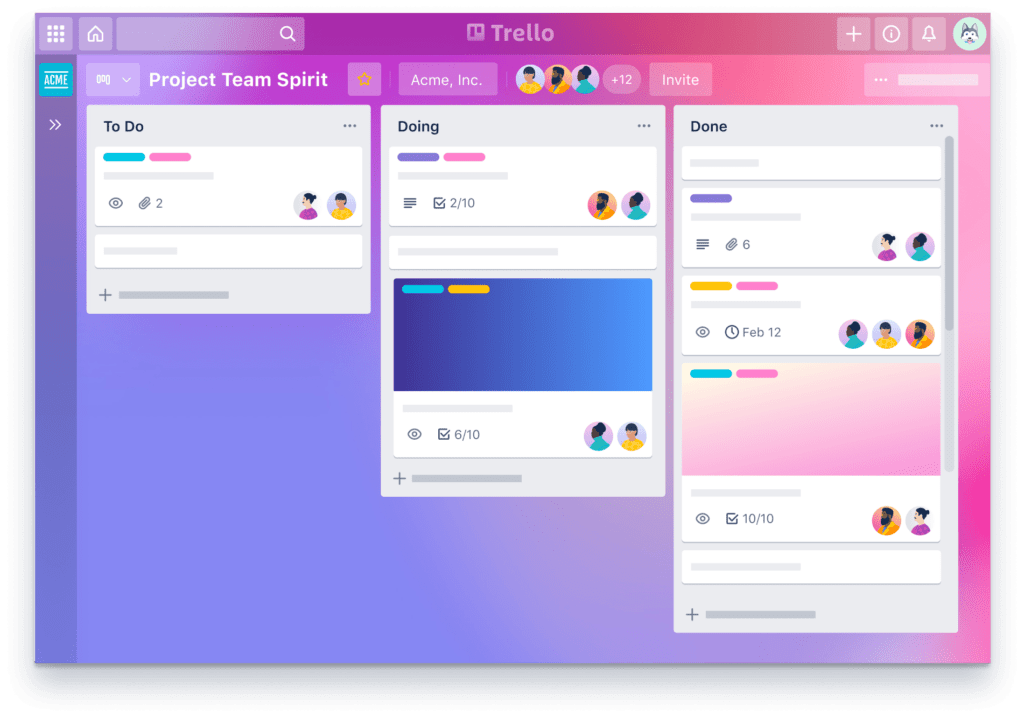
Trelle is a well established list-making application that allows users to create task boards with different columns and move the tasks between them.
The tool has been adopted across a wide range of industries and includes things like real estate management, project management, lesson planning and just about anything where groups of people need organising.
Slack
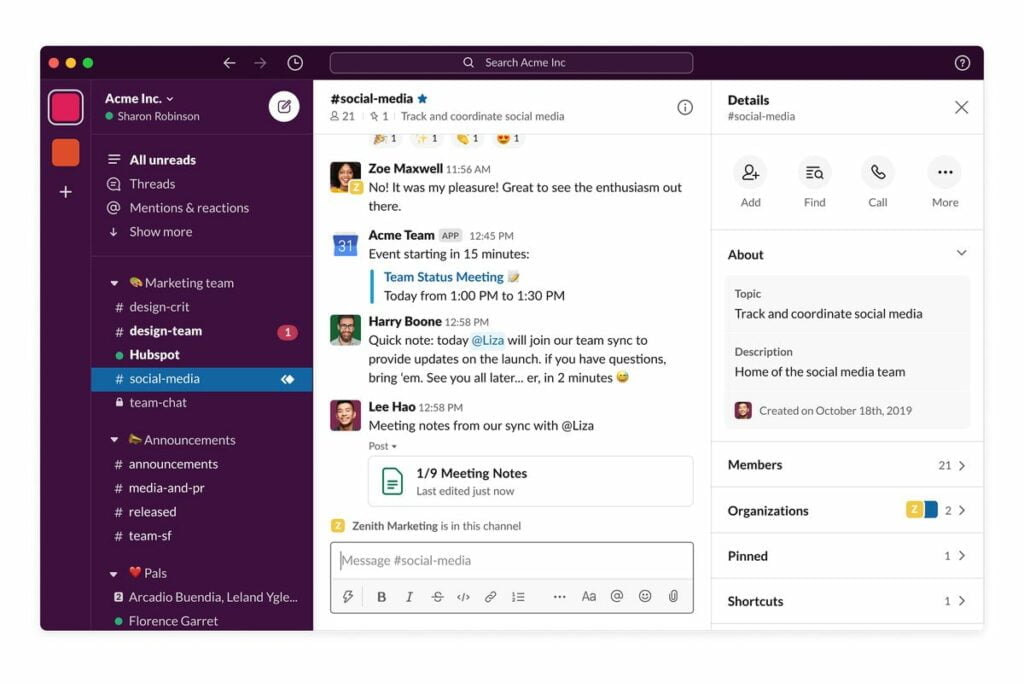
I feel like Slack goes hand in hand with Trello. In a world of virtual meetings and working from home, we need to be able to communicate with colleagues seamlessly and have everyone working from one page.
Slack is a great messaging app that allows you to set up channels within your own business. So you might have one channel dedicated to a new big product launch and other channels dedicated to general product marketing. It is also possible to have private and public chat rooms, allowing company-wide conversions or private team conversations.
Buffer or other social media scheduling apps
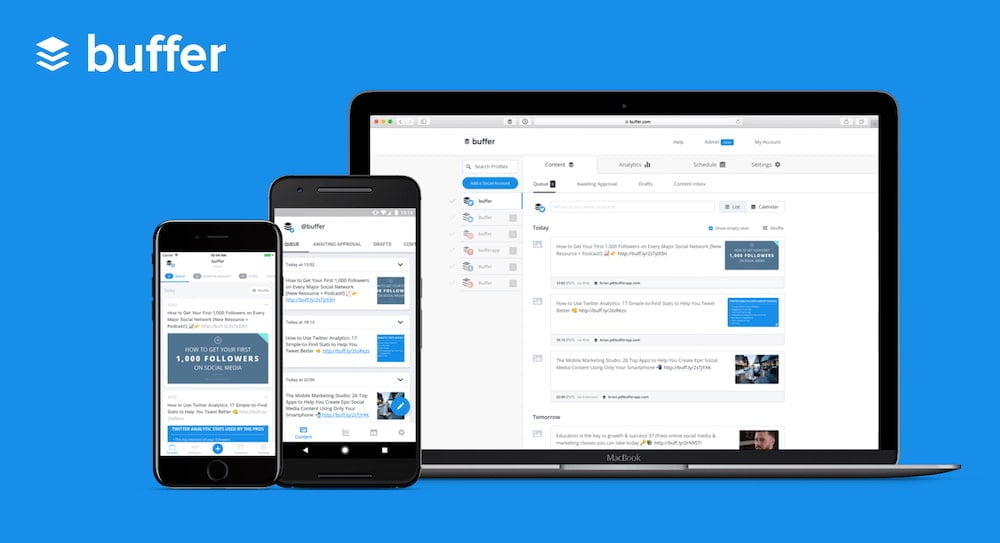
Love it or hate it, social media is here to stay, and it is one of the most important ways for brands to communicate with customers. This can either be to promote products are as a medium for customer service and company news.
The problem is that there are so many social media platforms, and it can be challenging to manage things manually. Even for my own website, I have to use Buffer so I can schedule posts to go out all at the same time, allowing me to stick to embargo times or post things at optimal times.
Mailchimp and other email platforms
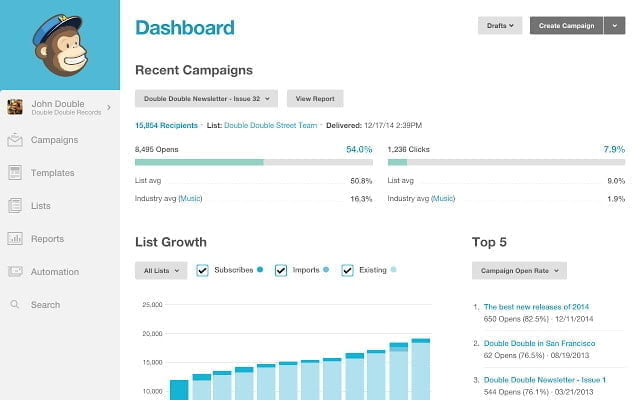
Literally, every brand has some sort of newsletter. It can be an amazing way to inform potential customers or clients of company/product news and offers.
With all the rules regarding things like GDPR, you can’t just mass send out emails to an unmanaged list. It is essential to use some software which allows users to be automatically added to lists and allows them to automatically unsubscribe.
Mailchimp is one of the biggest brands in the business, and one of the benefits of this is that most platforms allow you to easily integrate MailChimp within the system.
Google Analytics

Understanding what things users are looking at and where they came from are essential for all online businesses.
Not only do you want to be able to see what pages or products are popular, but you want to know the source of that traffic. Is an advertising campaign performing well? Is that traffic being converted to sales? Google Analytics can help you with all of this.
Canva / Adobe Spark
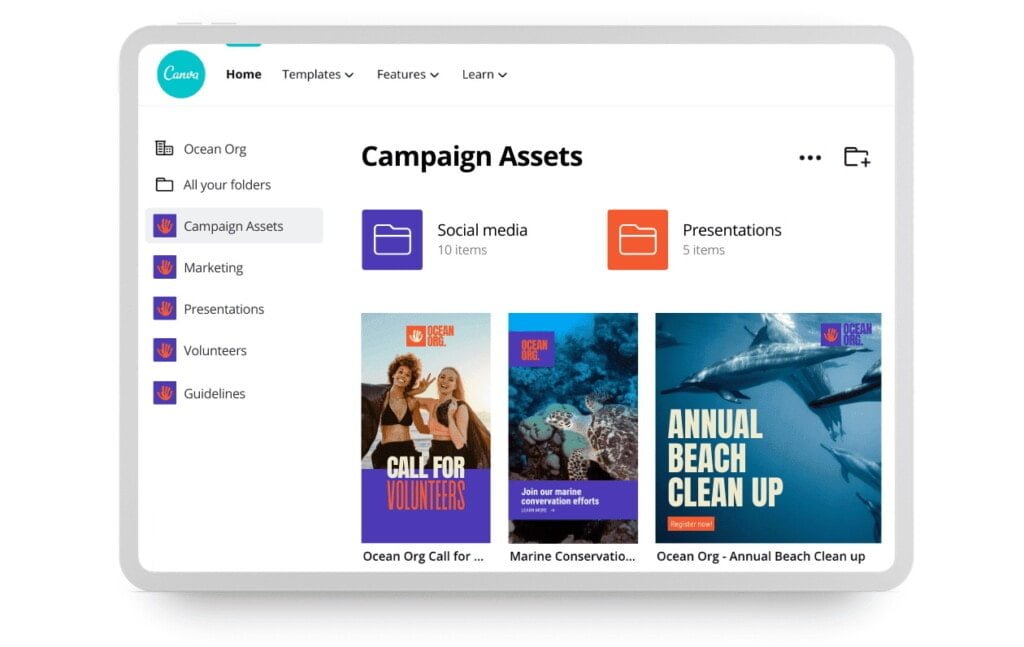
You may have a full-time graphic designer on your team doing everything from scratch in Photoshop, but for most companies, using template-driven graphic design tools can save massive amounts of time and reduce costs.
Canva has become incredibly successful. It is attractively priced, easy to huge and has an incredible amount of templates and graphics that allow you to have quick turn arounds for graphic design work. The templating system has options for everything from print to social media.
I am James, a UK-based tech enthusiast and the Editor and Owner of Mighty Gadget, which I’ve proudly run since 2007. Passionate about all things technology, my expertise spans from computers and networking to mobile, wearables, and smart home devices.
As a fitness fanatic who loves running and cycling, I also have a keen interest in fitness-related technology, and I take every opportunity to cover this niche on my blog. My diverse interests allow me to bring a unique perspective to tech blogging, merging lifestyle, fitness, and the latest tech trends.
In my academic pursuits, I earned a BSc in Information Systems Design from UCLAN, before advancing my learning with a Master’s Degree in Computing. This advanced study also included Cisco CCNA accreditation, further demonstrating my commitment to understanding and staying ahead of the technology curve.
I’m proud to share that Vuelio has consistently ranked Mighty Gadget as one of the top technology blogs in the UK. With my dedication to technology and drive to share my insights, I aim to continue providing my readers with engaging and informative content.


